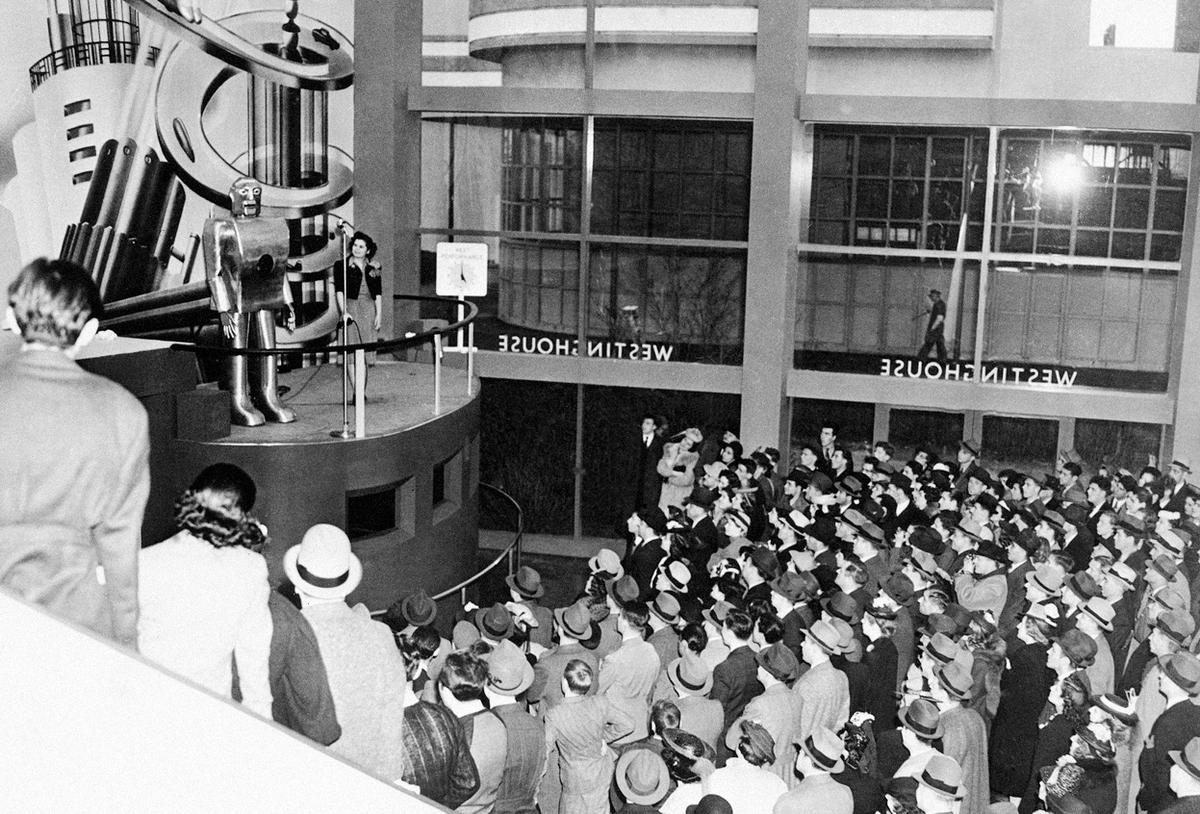When trying to make sense out of the Netflix story, the first thing you have to remember is that there’s not that much to remember. It’s complicated but it’s not all that complex.
The standard case for Netflix is a long game of dominance through content. It is an argument that has launched countless business articles but when it comes to what are effectively the three questions journalists and investors need answered, there has been relatively little attention paid to the first and vanishingly little to the other two.
1. How many people are watching the service’s original content?
2. Who owns that content?
3. Does it have legs and broad, preferably international appeal?
Just to be clear, I’m skipping a lot here (the corporate finance questions alone would be the stuff of graduate classes), and even these three “simple” questions are extraordinarily difficult to answer definitively, in no small part because Netflix does its best to make them difficult.
But they do provide a framework and a way to keep your bearings when reading
stories like this.
As for the portion of the deal giving a CBS a window for reruns, while it wasn’t central to bringing ODAAT to Pop, it certainly helped make the financials of the agreement more logical for CBS Corporation, since the company can spread the show’s cost across multiple networks. None of the parties involved in the deal would talk specifics, but the new season of ODAAT won’t be cheap. “It’s a big swing for Pop,” Schwartz said. “But it’s not like we haven’t reached before with shows like Flack. Having said that, this is a little bit of a farther reach. But Sony really came to the table. Everyone was so passionate about this show, and everybody was willing to make it work.”
Under Sony’s Netflix deal, the streamer — as it does with all of its shows — paid the full cost of production plus a premium fee, essentially giving Sony its backend syndication money upfront. Frost confirmed that the deal with Pop will be a more traditional TV deal, under which Sony will deficit finance a part of the overall cost of production, with Pop making up the rest. “It’s still a healthy license fee,” Frost said. “But we worked with our [syndication and international] division to make sure we could monetize the show in other ways. That includes international distribution of the show and, at some point in the future, selling season-four streaming rights to a subscription video-on-demand service.” Frost confirmed the production budget for season four will be reduced a bit, but “nothing that is going to reduce the quality of the show.”
…
In terms of how long ODAAT will run on Pop, Schwartz made it clear his goal is to keep it on the air for many years to come. “I hope it becomes our huge flagship series that goes on for five, six, seven seasons. That would be the dream,” he said. Kellett concurred, saying she and Royce “have been texting each other” during the past three months trading stories about their own families they’re already envisioning as future plots for the show. “And Rita [Moreno] isn’t going to stop even after seven seasons,” Royce quipped. “She and Norman will be doing this show in season 15.”
First off, I don’t mean to suggest that Sony didn’t care deeply about this show (Studio executives are sincere, caring people – ask anyone), but the company appears to have made out pretty well for itself, as did Norman Lear. Despite its long and successful initial run, the original ODAAT would seem to have been the most moribund of Lear’s hits. It’s hard to imagine Jamie Foxx or Woody Harrelson lining up to play Schneider the handyman.
Netflix took all of the risks, and, as far as we can tell, walked away with nothing more than rights to the shows it actually bankrolled. Furthermore, since the vast majority of shows never make it into syndication, “giving Sony its backend syndication money upfront” is an incredibly sweet deal.
Now that ODAAT has been brought back to life, there’s the potential for a long run and the show developing the kind of legs that allow certain sitcoms to bring in serious cash for decades. I guarantee you that “I Love Lucy” will still be bringing in real money when it turns 75.
It’s possible that the details of the contract benefit Netflix in ways we can’t see from the outside, but I’m inclined to go with my preferred alternative hypothesis. Maybe the company doesn’t care about the long term. Maybe they’re just trying to generate enough buzz to keep the enterprise up in the air until they can manage a soft landing.












